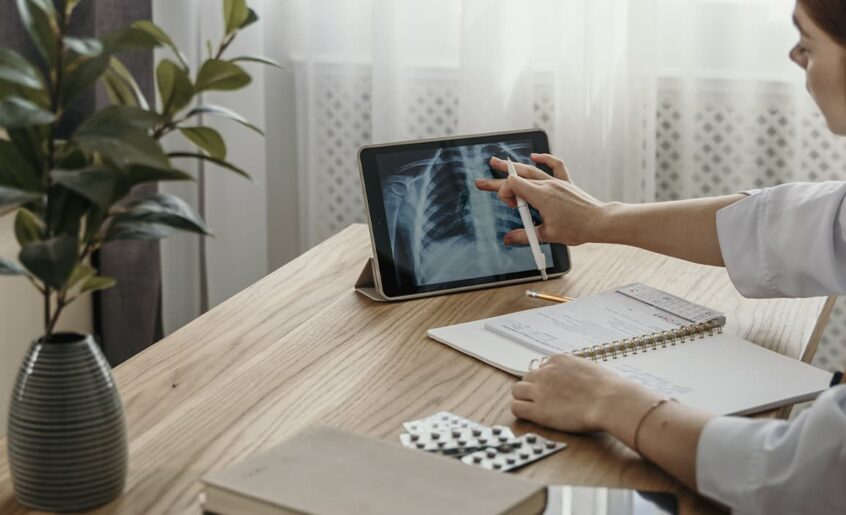The development and implementation of information systems in the field of medical technology is a rather urgent task. Analysis of the use of personal computers in medical institutions shows that computers are mainly used for processing text documentation, storing and processing databases, and statistics. Some of the computers are used in conjunction with various diagnostic and therapeutic devices. In most of these areas of use the computers use standard software – text editors, DBMS, etc. Therefore, the creation of an information organizational and technical system capable of establishing a patient’s diagnosis in a timely and reliable manner and choosing an effective treatment tactic is an urgent task of informatization.
The task of diagnostics in the field of medicine can be put as finding the relationship between symptoms (input data) and diagnosis (input data). For realization of effective organizational and technical system of diagnostics it is necessary to use methods of artificial intelligence. The feasibility of such an approach is confirmed by the analysis of data used in medical diagnostics, which shows that they have a number of features, such as
qualitative nature of the information, the presence of data omissions: a large number of variables with a relatively small number of observations. In addition, the considerable complexity of the object of observation (diseases) often does not allow to construct even a verbal description by the doctor of the diagnosis procedure. Interpretation of medical data resulting from diagnosis and treatment is becoming one of the serious areas of neural networks. At the same time, there is a problem of their correct interpretation. The wide range of tasks, solved by neural networks, does not allow to create universal powerful networks so far, forcing to develop specialized neural networks for solving complex tasks of medical diagnosis is: the lack of necessity of explicit mathematical modeling and validity check of serious assumptions for using statistical synthesis method from dimensionality of space, signs of neural networks, etc.
However, the use of neural networks for medical diagnosis tasks is also associated with a number of serious difficulties. These include the need for a relatively large sample size for network tuning, the focus of the mathematical apparatus on quantitative variables.
Systems for monitoring
The task of real-time assessment of a patient’s condition arises in a number of very important practical fields in medicine and, first of all, in case of continuous monitoring of a patient in intensive care wards, operating rooms and post-operative wards.
In this case it is required to provide not only operative diagnostics of complications during treatment, but also prognosis of the patient’s condition, as well as to determine optimal correction of arising disorders on the basis of long-term and continuous analysis of a large volume of data, characterizing the state of physiological systems of the organism. To solve this problem, monitor MSCs are designed. The most frequently used monitoring parameters include: electrocardiogram, blood pressure in different points, respiratory frequency, temperature curve, blood gas content, minute blood circulation volume, gas content in exhaled air.
The hardware of monitor systems and similar systems for functional diagnostics practically does not differ in principle.
An important peculiarity of the monitoring systems is the availability of express-analysis means and visualization of the results in real-time mode. It allows displaying on the monitor screen also the dynamics of various derivatives of the controlled values. All this is done in different time scales. The higher the quality of the system is, the more opportunities it gives to observe the dynamics of the controlled values and the indicators connected with them. Most often the monitoring systems are used for simultaneous monitoring of one to six patients, and each of them may have up to 16 basic physiological parameters under study.
